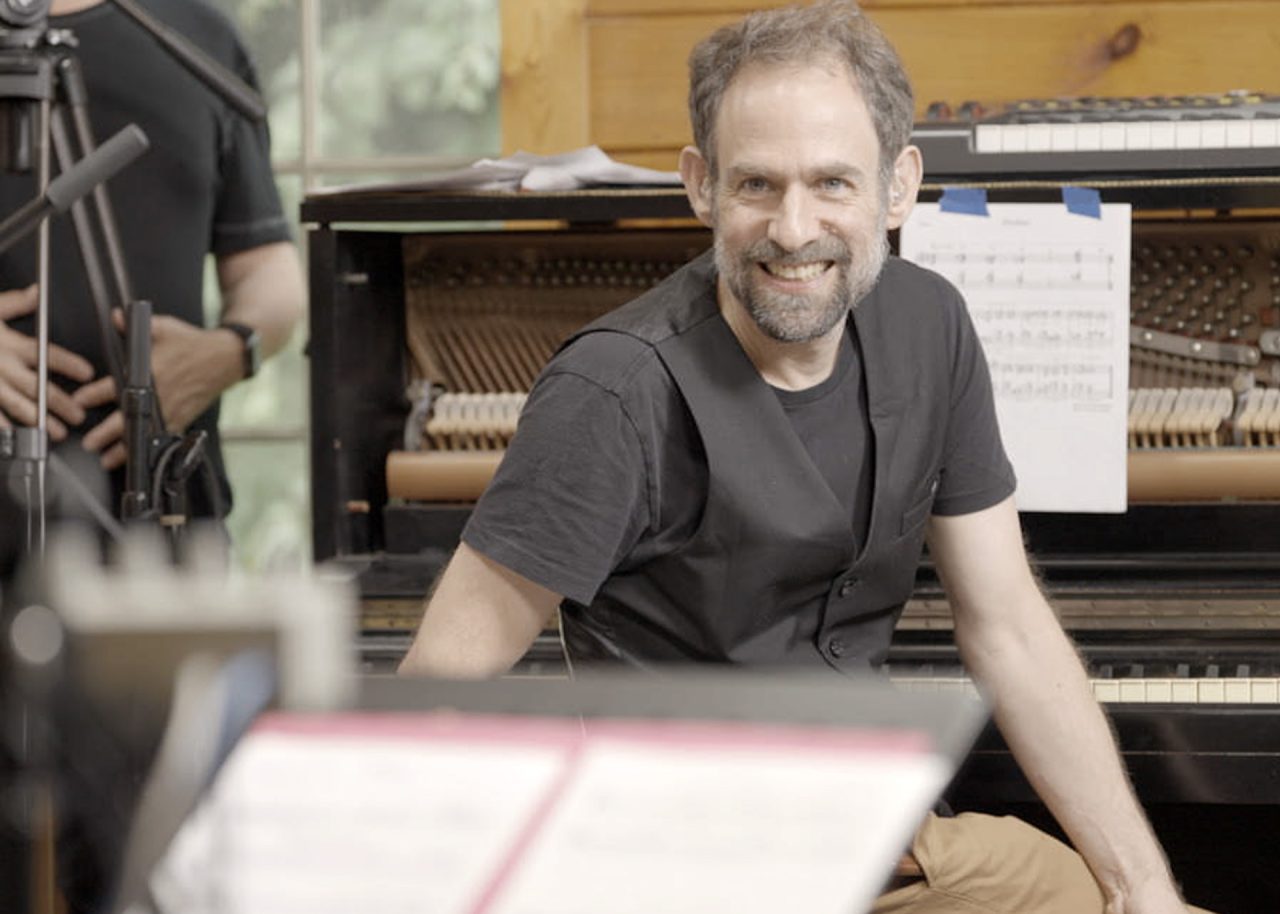
Misha has been making waves in the modular synth world since its launch in spring 2022. But its roots run deeper than most realize. In this post, we’ll explore the unique influences behind this one-of-a-kind instrument and sequencer, and share a few new tricks it’s picked up along the way
Redefining the Keyboard
To understand Misha, we first need to step back to 1980s New York, where Leon Gruenbaum—a classically trained pianist and woodwind player—was exploring uncharted musical territory. Inspired by the intricate melodies of the Neo-bop movement and August Dvorak’s alternate keyboard layouts, Leon envisioned a new way of creating music.

Leon Gruenbaum
Leon’s goal was to build an interval-based instrument, one where keypresses stood for interval changes in pitch, rather than fixed pitches. This would encourage musicians to focus on melody creation organically, even without formal training. Initially, he experimented with traditional keyboards but found their layout too restrictive. Instead, he turned to an ergonomically designed QWERTY computer keyboard, creating the Samchillian Tip Tip Tip Cheeepeeeee (or Samchillian for short).

The Samchillian
The Samchillian introduced a groundbreaking way to play melodies: the same set of controls could be used for any scale: diatonic, chromatic, pentatonic, microtonal, and beyond. This made it a powerful tool for soloists looking to create fast, expressive, keyboard-spanning lines with ease.
But it wasn’t just for solos. The Samchillian also supported chords, percussion, and bass lines.
It also featured a serial mode, influenced by 20th-century tone row theory, where all 12 notes are treated equally. This concept, pioneered by composers like Arnold Schoenberg, would later help shape Misha’s design.
The Evolution to Misha
Fast forward to the 2010s: Leon partnered with Eventide to bring his revolutionary ideas to the modular synth world. The result is Misha, a Eurorack module that fuses the Samchillian’s interval-based approach with modern innovations, making complex sequencing more intuitive than ever.

Misha Eurorack Module
Generative Sequencing
Misha takes tone-row sequencing to the next level by capturing melodies and allowing real-time manipulation. Its Solfege Wheel offers a visual representation of the tone row, ensuring you never lose your creative footing, even as you explore uncharted sonic landscapes.
With Misha, you can modify sequences using traditional serial music playback modes:
- Prime (original sequence)
- Retrograde (reverse playback)
- Inversion (flipping interval directions)
In addition to standard tone row manipulations, there are modes that shift the row up or down, either within the current key signature or by transposing with each cycle so the sequence evolves over time.
Multitudes of clock divisions and playback options make Misha a hub of controlled chaos, perfect for both intuitive improvisation and precise sequencing.
Expansive Scales
Radically expand your music production with access to 100 factory scales including typical Western scales, microtonal scales, scales that use just intonation, non-octave repeating scales, and many more. Misha also features 100 custom scales with Scala support.
Further enhance your experience by using an external keyboard to expand on Misha’s functionality. Whether using a MIDI keyboard or the traditional QWERTY layout, controlling your Misha with an external device opens up additional compositional and performance possibilities.
Bold New Updates
In keeping with the spirit of the Samchillian, Misha’s latest firmware update introduces the ability to incorporate a mouse or trackpad into your workflow. With fully mappable parameters, you can shape sequences in unexpected and creative ways, adding a new dimension to your music production.
Save 15% on Misha through June 3, 2025
Already own Misha? Download the latest firmware update to unlock these exciting new features.



